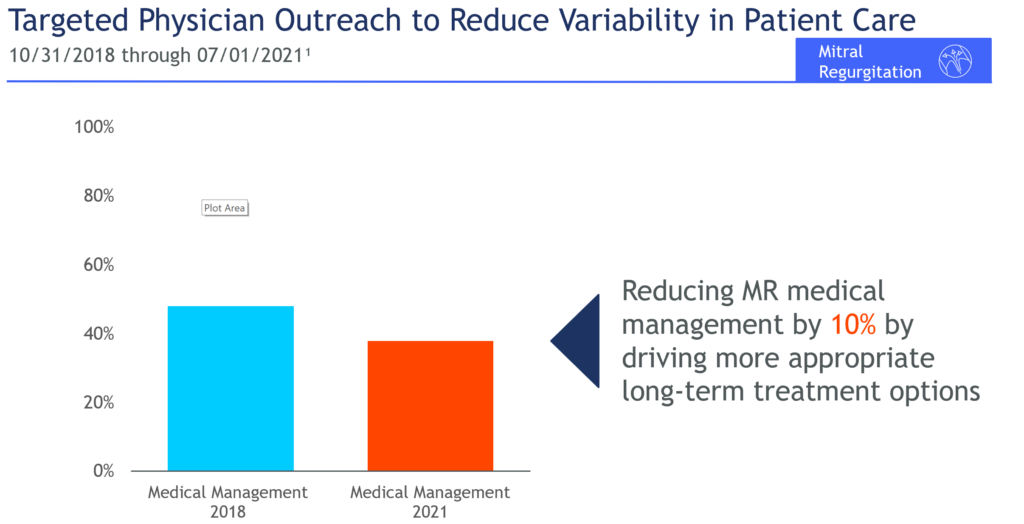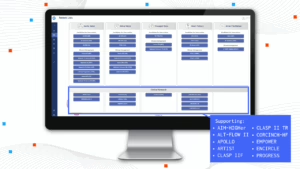
Soundos Moualla, MD, FACC, FSCAI
Interventional Cardiology
Dignity Health, Yavapai Regional Medical Center
The CardioCare platform allows us to look at referral patterns for our structural heart patients by pathology. Actionable insights from CardioCare powered an educational program for our primary care physicians, cardiologists, and hospitalists to reevaluate the change in guidelines-recommended therapy for mitral regurgitation (MR).
At Yavapai, we realized that we had a large number of medically managed AS & MR patients that met guideline-directed recommendations for procedural intervention. When we reviewed the data we identified variability in care patterns.
After implementing these targeted outreach & education practices discovered from CardioCare’s data, we were able to reduce our medical management rates by 10%, driving more appropriate procedural therapy options for these patient populations.

(1) Analysis represents patients identified between 10/31/2018 and 07/01/2021. Data was collected on 07/01/2021.
By reducing the medical management rate, we were able reduce variability in care for this patient population, leading to better outcomes overall and improved patient satisfaction. With CardioCare, we have continued to achieve our goals and challenge our program to grow better for our patients and community.
Watch my presentation below to learn more.
#DigitalHealth #PrecisionMedicine #ArtificialIntelligenceSolutions



